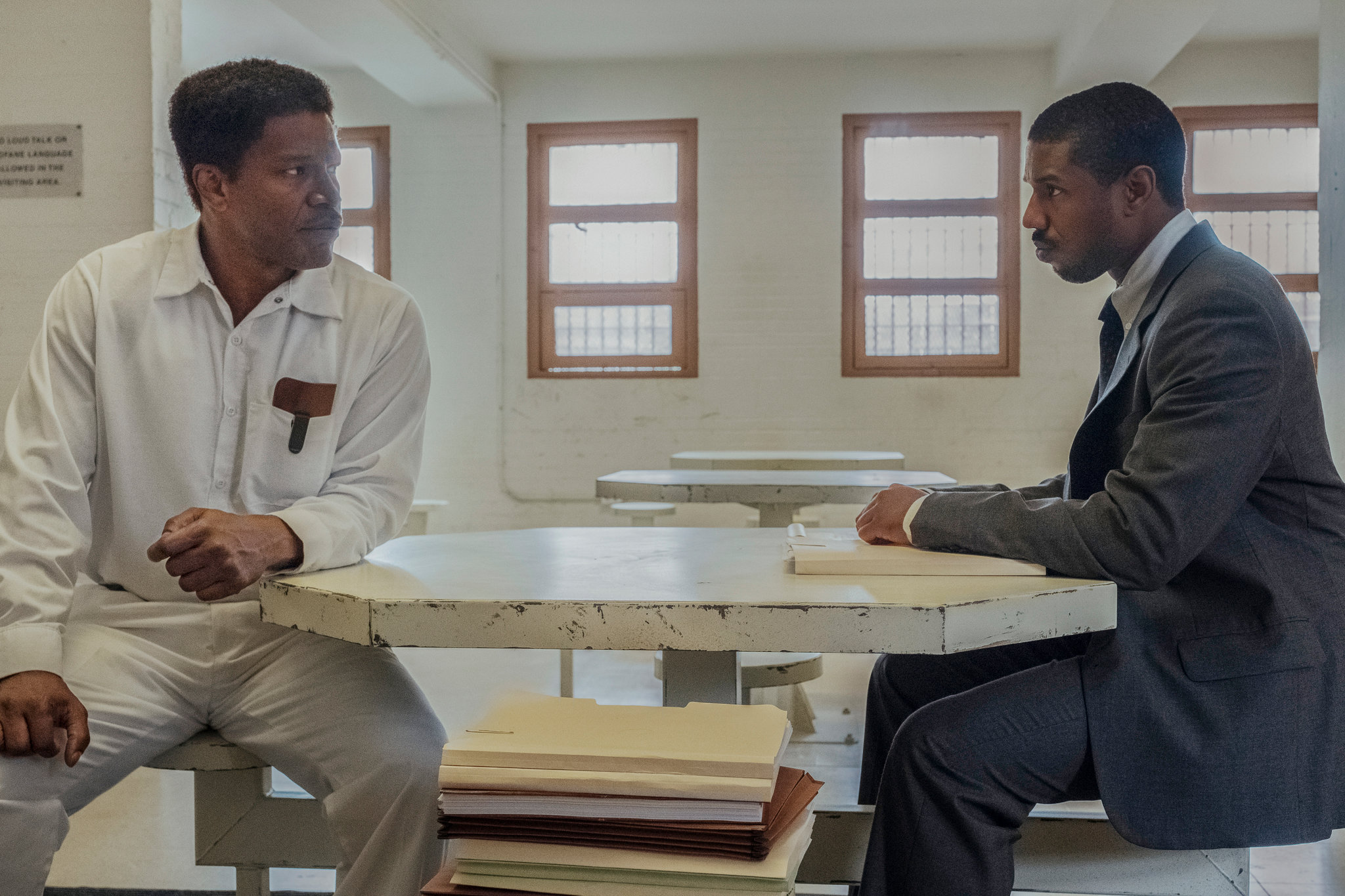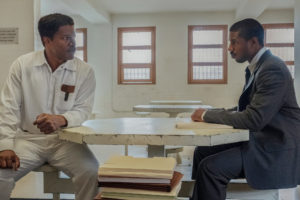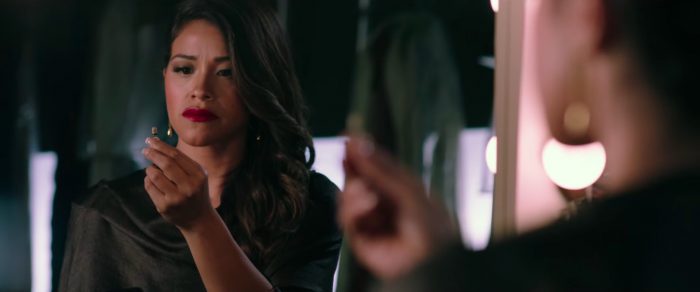A Babysitter’s Guide to Monster Hunting
Posted on October 15, 2020 at 12:00 pm
B +| Lowest Recommended Age: | 4th - 6th Grade |
| MPAA Rating: | Rated PG |
| Profanity: | Some schoolyard language |
| Alcohol/ Drugs: | None |
| Violence/ Scariness: | Extended horror-style peril and violence, monsters, childnapping, no one seriously hurt |
| Diversity Issues: | Diverse characters |
| Date Released to Theaters: | October 15, 2020 |

The latest in this grand tradition is the terrific “A Babysitter’s Guide to Monster Hunting,” based on the first book in the series by Joe Ballarini. Director Rachel Talalay knows scary — she is the only woman to have directed one of the “Nightmare on Elm Street” movies. And she knows how to mix fantasy and fun, because she has directed seven “Dr. Who” episodes. Her film has gorgeously imagined settings, a great cast, and an exciting story that hits the exact sweet spot between funny-scary and scary-funny. Which means it is exciting, fun, and, I hope, soon to be followed by Chapter 2.
Kelly Ferguson (Tamara Smar) is a shy high school freshman (but in sophomore math) who is looking forward to a Halloween party with her friends and the boy she has not yet had the nerve to talk to. But it turns out that her mother and father are also going to a Halloween party, held by her mother’s company, and they have promised the boss that Kelly will babysit.
The boss is Mrs. Zellman (Tamsen McDonough), imperious in a spectacular Ice Queen costume. She gives Kelly a long list of don’ts for taking care of Jacob (Ian Ho of “A Simple Favor”). No sweets, no ice cream, no gluten, no dairy, no more than 30 minutes of screen time, no running, shouting, or discussing current events, and a three-hour bedtime check-list. No trick-or-treaters. And she promises to be home at midnight on the dot.
Jacob is afraid of the monsters he sees in his nightmares. Kelly reassures him that “it’s just your mind playing tricks on you. They can’t hurt you…There’s no such thing as monsters.” She says when she was his age she thought the monsters in her nightmares were real, too. But then she grew up and is scared of real-life things like inequality, climate change, and talking to the boy she likes.
And then, Jacob is kidnappped by monsters. There are three scary/silly looking (CGI) toothy Toadies, led by The Grand Guignol (“Harry Potter’s” Draco Mallfoy, Tom Felton). Jacob’s gift for creating imaginative nightmares has made him a tempting target because his dreams can help create an army of infinite nightmares to ruin the world.
Kelly is at a loss, and then Liz Larue (Oona Laurence) arrives on a motorcycle, with a baby in her backpack. She is part of a centuries-old cadre of monster-fighting babysitters. Liz and Kelly will have to track down the underground lair of The Grand Guignol, Brown University, and that party where Kelly’s friends are celebrating Halloween. It will take courage, determination, magic, and, yep, math, to get Jacob home before his mother gets back.
Production designer David Brisbin and costume designer Carrie Grace deserve special mention for the gorgeous look of this film. Each of the settings, from the Grand Guignol’s lair to the babysitter headquarters is stunning and filled with enough intriguing detail to reward repeated viewings.
The young actors are all excellent, each creating a vivid and appealing character. It is a lot of fun to see Kelly grow in confidence and courage. Liz’s matter-of-fact, business-like curtness softens when she explains how she became a monster hunting babysitter. Felton has a blast as the monstrous nightmare collector (and the requisite British accent for a truly satisfying bad guy). His slithery movements are shiver-inducing.
It is also heartening to see these young characters solve problems with intelligence, courage, and teamwork. It was especially intriguing to see babysitters from around the world called on for help, and I hope we’ll get more from them in the next chapter.
As more kids are stuck at home this year, with trick-or-treating cut back by COVID-19, “A Babysitter’s Guide to Monster Hunting” is just the right movie to celebrate the year’s most happily scary holiday.
Parents should know that this is a Halloween movie about monsters with some scary images and peril, though it is punctuated by comedy and no one gets seriously hurt. There is some schoolyard language.
Family discussion: Where does the name Grand Guignol come from? Look up the famous names who are listed as historic babysitters including Rosa Parks, Frida Kahlo, and Maria Tallchief. Which of the babysitters is most like you? Which one would you want to sit for you?
If you like this, try: “Goosebunps,” “Monsters, Inc.,” “Spy Kids,” “Monster House,” and “The House with a Clock in its Walls”









